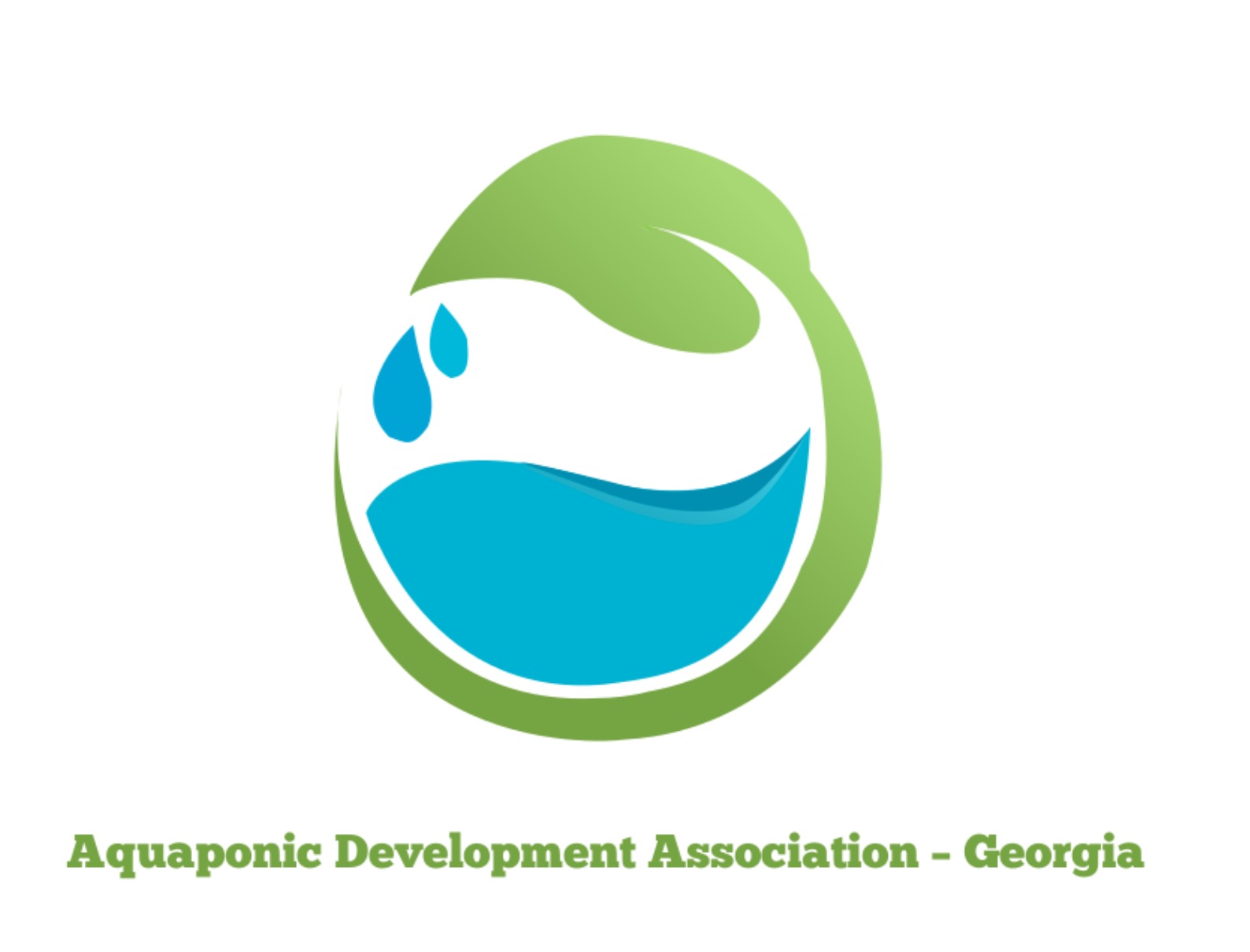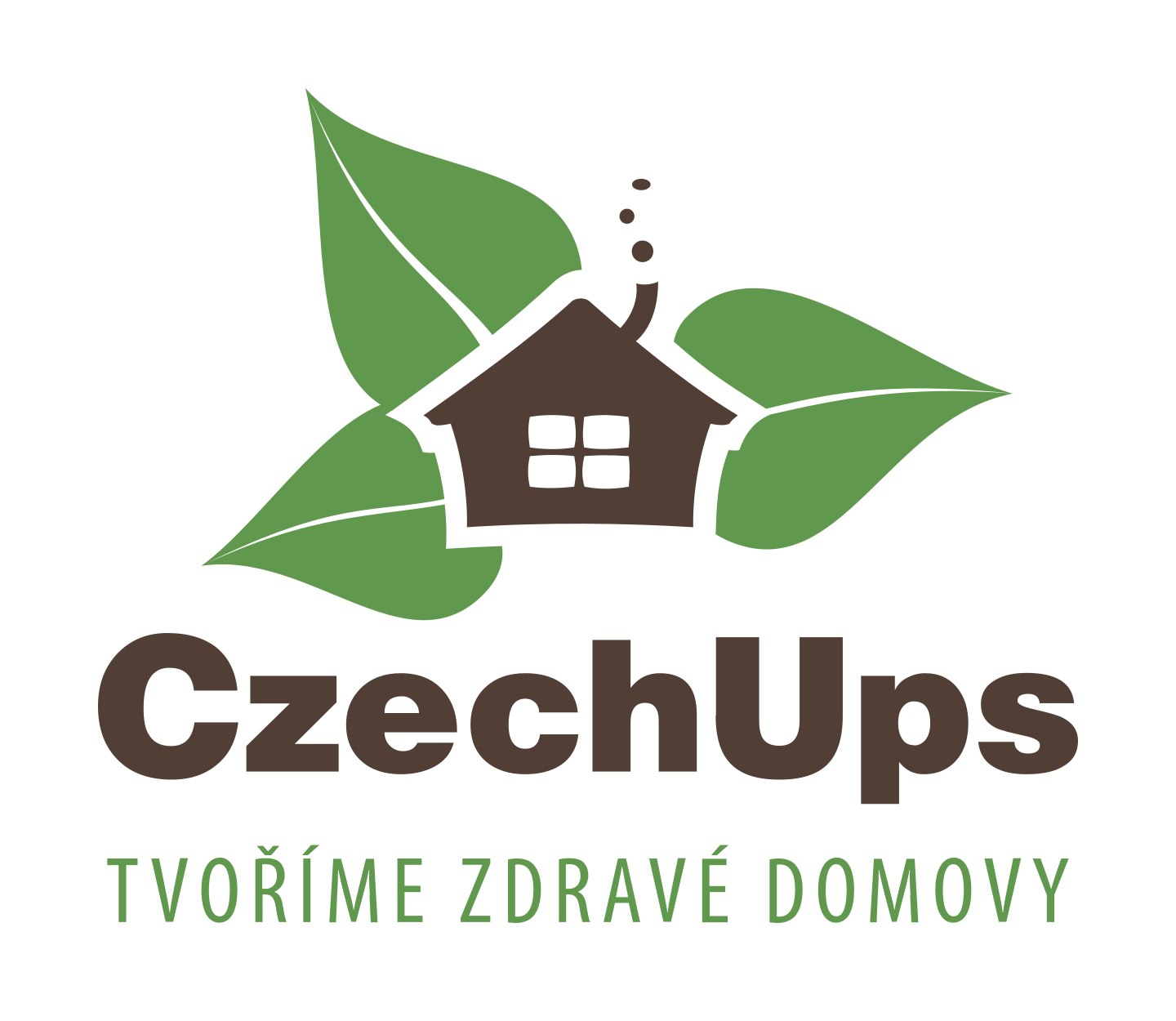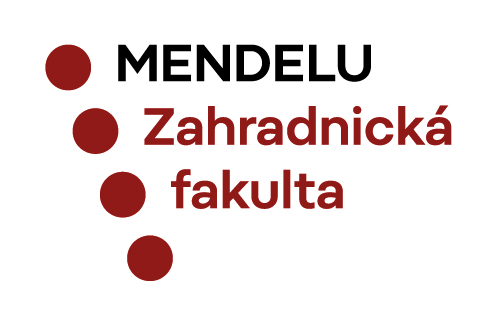Nitrification and denitrification are biological processes for water treatment. Nitrification can be characterised as the two-stage bacterial oxidation of ammoniacal nitrogen to nitrite in the first stage, and to nitrate in the second stage. Denitrification is the reduction of nitrate to elemental nitrogen, which is subsequently removed from the water by aeration.
Ammonia
After feeding, fish naturally begin to excrete ammonia into the water, primarily through the gill epithelium. Ammonia is a metabolic waste of the protein ingested from the feed. The more food a fish ingests, the more ammonia it excretes into the surrounding water. It is therefore important to determine the correct feeding rate.
Ammonia is found in water in two forms – the undissociated (toxic) form NH₃ and the dissociated (ionic, non-toxic) form NH₄⁺. The ratio between the dissociated and undissociated forms depends on the pH and temperature of the water.
The maximum permissible concentration of ammonia (NH₃) for salmonids is 0.0125 mg/L, which means it must be removed or converted to less toxic nitrogen forms by nitrification.
Nitrification
Nitrification is an oxidation process that takes place in the biological filter with the help of many genera of nitrifying bacteria, such as Nitrosomonas, Nitrobacter, Nitrosococcus and others. Nitrifying bacteria are extremely important for aquaponic systems.
The biological filter contains so-called “elements”, which are semi-floating plastic mouldings that have a large surface area. These hold the bacteria that we deliver to the biofilter using gel, liquid, or powder inoculum. These elements also have great self-cleaning ability when swirled around with air. In this way, old or dead bacterial growth is removed from the filter, freeing up the surface area for new bacteria.
Nitrification itself is the two-stage oxidation of ammoniacal nitrogen, where ammonia is converted to nitrite in the first stage, and then to the noticeably less toxic nitrate in the second stage. These two stages are called nitritation and nitration. Different genera of bacteria are involved in each stage.
Compared to denitrification, nitrification is a strongly aerobic process, so it is necessary to maintain sufficient oxygen saturation of the water; 8–12 mg/L O2 is optimal for the beginning of nitrification or its first part, and at the end, i.e. the last phase, saturation should not fall below 4.5 mg/L O2.
The final product of nitrification is therefore nitrate, which is much less toxic to fish; the lethal concentration in RAS systems is around 900–1400 mg/L; normally, nitrate concentration ranges from 300–600 mg/L in such intensive farms. Nitrates, as mentioned above, are not a critical variable for possible fish mortality, but high concentrations inhibit (slow down) the growth capacity of fish. If we want to remove nitrates from the water, we need to introduce a denitrification unit into the system, or use an aquaponic system and get rid of nitrates by plants, which take them up as their primary nitrogen source.
Denitrification
Denitrification is the process of converting nitrate through intermediates to elemental nitrogen. The individual steps of denitrification are accelerated by enzymes in the bodies of microorganisms and bacteria. More than sixty species of bacteria are involved in denitrification, and these are mostly heterotrophic – this means that they need different carbon sources for their growth. Under the artificial conditions in RAS, we use methyl alcohol, vinegar, or molasses . These include bacteria of the Alcaligenes, Bacillus and Pseudomonas genera.
Denitrification itself takes place strictly under anaerobic conditions, i.e. without air (oxygen). Factors affecting the proper functioning of denitrification include the anoxic environment, the temperature and pH of the water, and the source of nutrients (carbon). Under optimal conditions, up to 95% of nitrate and nitrite can be reduced to elemental nitrogen.
In recirculating systems where the potential for nitrate growth is above 1000 mg/L or more, it is advisable to include commercially supplied denitrification equipment. This equipment should be optimally sized to ensure that nitrate removal in the water is effective and does not further increase and accumulate in the water. Denitrification can be found not only in the aquaculture but also, for example, in industrial water treatment or wastewater treatment plants.
















